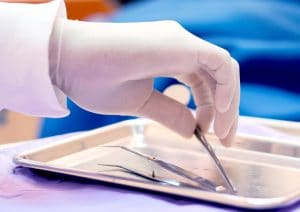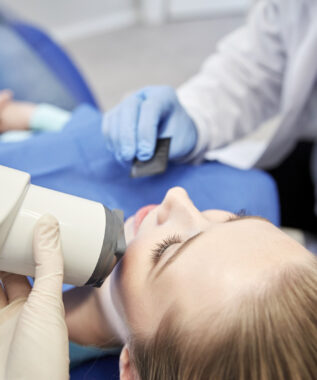 A dental emergency isn’t the kind of thing that you can always prepare for or prevent. Unfortunately, when an emergency occurs, the consequences can sometimes be severe, and the need for treatment to save your smile is immediate. Because a dental emergency can mean different things for different people, treatment for your condition may not be the same as treatment for some else’s emergency. Today, we take a look at a few of the more common goals for emergency dental treatment, and how we can help you accomplish them with optimal results.
A dental emergency isn’t the kind of thing that you can always prepare for or prevent. Unfortunately, when an emergency occurs, the consequences can sometimes be severe, and the need for treatment to save your smile is immediate. Because a dental emergency can mean different things for different people, treatment for your condition may not be the same as treatment for some else’s emergency. Today, we take a look at a few of the more common goals for emergency dental treatment, and how we can help you accomplish them with optimal results.
A way to fix tooth damage conservatively
Many types of emergencies involve direct damage to your tooth structure, though the level of damage can vary depending on the nature of the emergency. In any case, damaged tooth structure poses several risks and challenges to the rest of your oral health. The longer you wait to treat it, the worse these risks become. Therefore, one of the more common goals of emergency dental treatment is to fix your tooth as conservatively as possible, in a way that helps you minimize any further changes to the tooth structure. In addition to restoring the tooth’s ability to function and stopping the damage from growing worse, this also helps you preserve more of your healthy tooth structure for better long-term results.
Removing infected tooth nerves and tissues
When a tooth becomes infected, a condition that’s often referred to as tooth decay, the condition doesn’t typically seem like an emergency in the conventional sense. The formation of a cavity marks the early stages of tooth decay, and this can often be addressed with a minimally invasive tooth-colored filling. However, more severe cases of tooth decay involve the infection of your tooth’s nerves and tissues inside of the pulp, which is located at the center of your tooth structure. This can pose an immediate threat to the tooth’s existence, as extreme decay can erode most or all of its healthy structure as well as spread through the root canal connected to the tooth’s pulp. Performing emergency root canal therapy may be the best way to stop this from occurring and save your tooth from more extreme trouble.
Replacing a knocked-out or severely damaged tooth
When your tooth is knocked-out or severely damaged due to accidental trauma, it’s important to replace the tooth as soon as possible to preserve your bite function and avoid the consequences that could impact your long-term oral health. This includes the loss of the tooth’s root, which can have a detrimental impact on your jawbone and oral structures over the years. Your emergency treatment may involve replacing the tooth as soon as possible, preferably with a dental implant post to replace the lost tooth’s root and support a lifelike dental crown.
Find the right treatment in your dental emergency
Choosing the right treatment is essential to getting through your dental emergency with optimal results for your oral health. To learn more, schedule an appointment with us by calling Dreem Dentistry in Leawood, KS, today at 913-681-5500.





